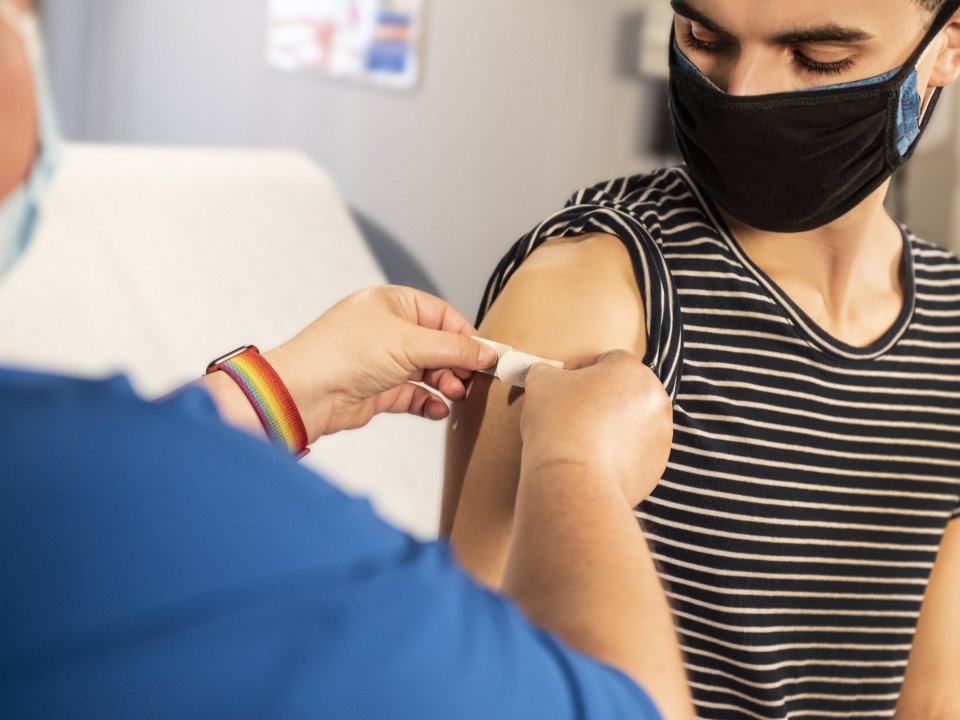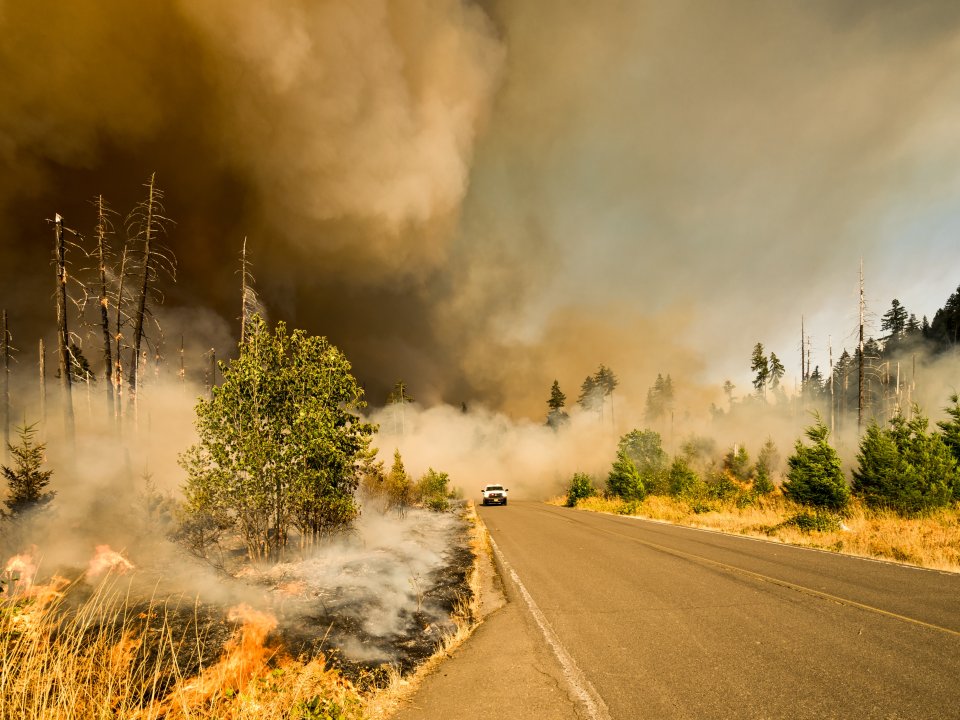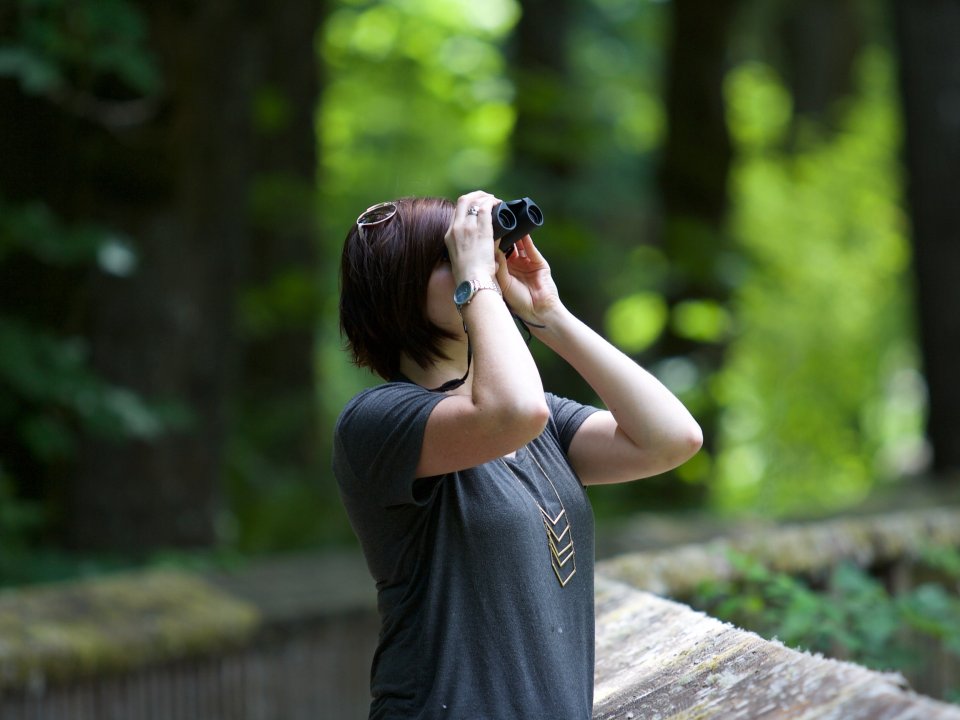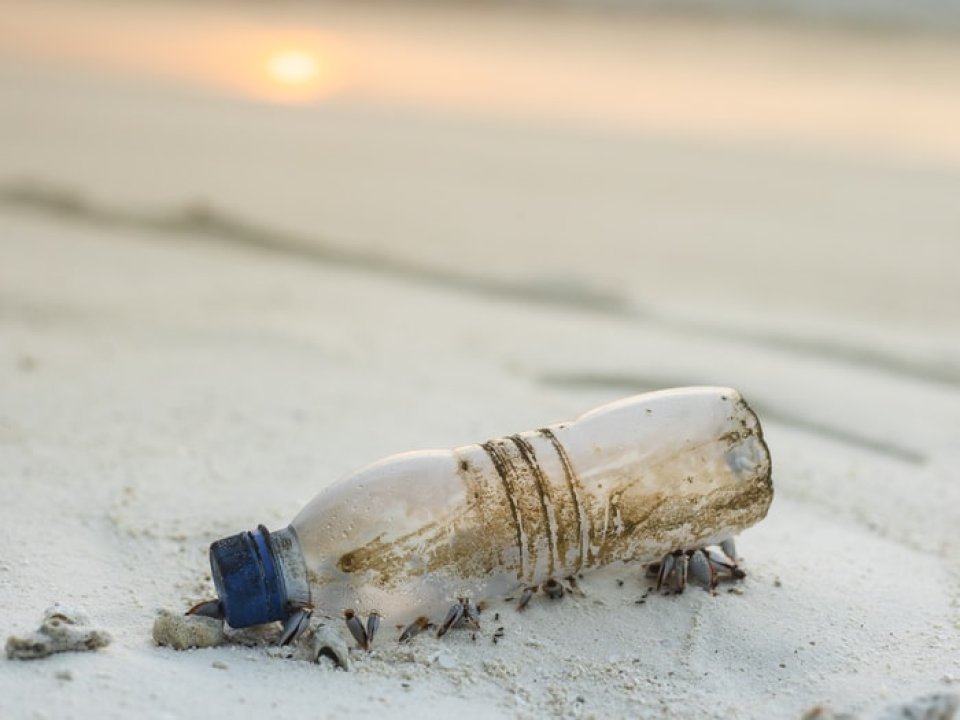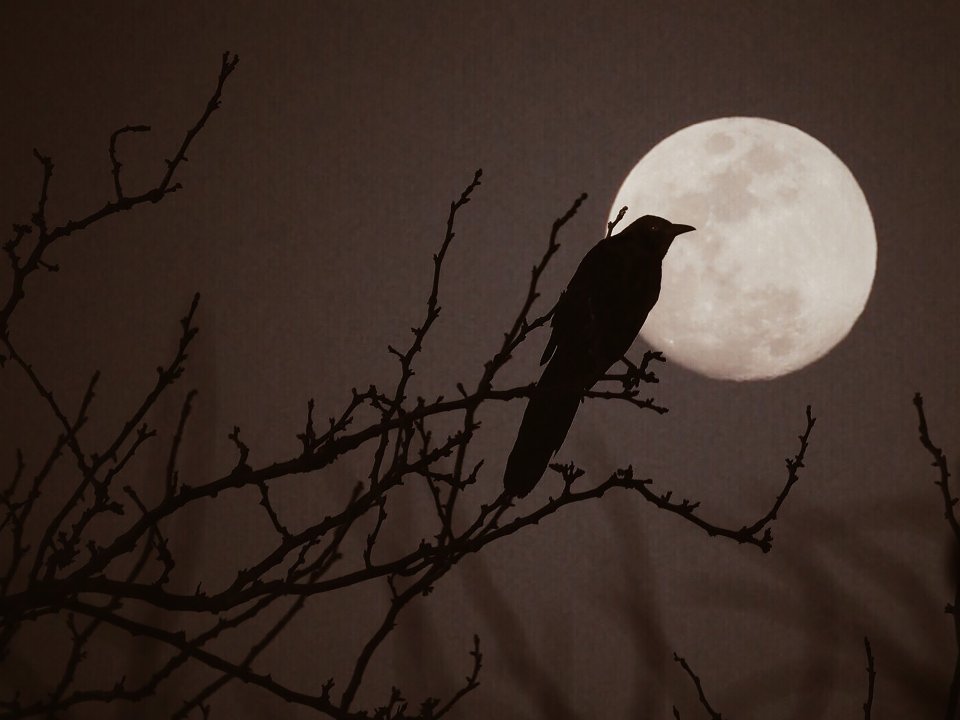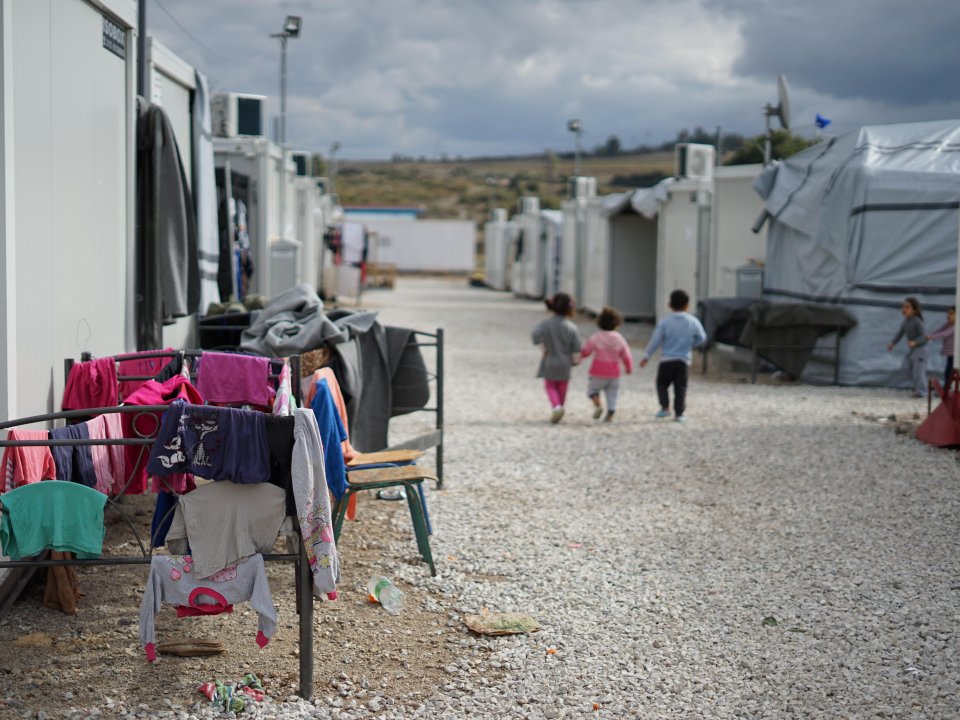News
“We’re really excited to see how individuals who complete the course are able to apply this in their own lives to advance their own health and the health of their communities," said Meredith.
“And I think during the pandemic, people are more aware of where their food comes from. And hopefully more aware of whose hands are producing that food," said Mary Jo Dudley, Director of the Cornell Farmworker Program.
“We’ve never asked this kind of question before in the context of the United States. Because climate-induced migration has always been discussed in the context of the global south,” said Byungdoo Kim, a doctoral candidate in environmental communication at Cornell University and lead author of the study. “But recently, we’ve been through a lot here in the United States.”
Between 90 and 100 species of songbirds pass through the state of New York, where I live, in May, while a few stragglers, like the mourning warbler, visit into June, according to Andrew Farnsworth, a senior research associate at the Cornell Lab of Ornithology in Ithaca, N.Y. A fifth to a quarter of the migrants are warblers. Their distinctive songs, diminutive size and colorful plumage make warblers the stars of the spring migration.
Migrating songbirds descend on woods and thickets, along ponds and next to streams, to feed on insects. The insects fuel their migrations — remarkable tests of endurance.
The state and local health departments are coordinating pop-up clinics at farms to bring the vaccines directly to farm workers.
Mary Jo Dudley, director of the Cornell farmworker program, says designated migrant health centers, such as Finger Lakes Community Health, will also be part of the effort.
"They already have trust among the farmworkers," she said. "They have the language and cultural competency to give these vaccines, as well as refrigeration for transporting these vaccines."
Dudley, who serves on the community health organization's board, said they have more than 20 years’ experience in administering flu vaccines to farm workers on farms.
Amanda Rodewald writes in The Hill: "The 30x30 initiative aligns with recommendations from the scientific and environmental communities to protect 30 to 50 percent of the planet. The initiative can meaningfully increase the quality and quantity of natural areas in the U.S., considering only 12 percent of the roughly 28 percent of federal lands are permanently protected from development and other intensive use."
Eleanor Paynter, a researcher and postdoctoral fellow with Cornell’s Migrations initiative, received the International Studies Association’s 2021 Lynne Rienner Publishers Award for Best Dissertation in Human Rights in a ceremony on April 12.
This article about campaigns for cities to turn out their lights to help ensure the safe migration of bird populations notes that the Lab of Ornithology has used radar data to identify abnormal bird densities. The Lab of Ornithology is also credited with estimating that 1.1 million birds’ migrations were affected by a 9/11 memorial installation in New York City over seven nights in September.
Migrations faculty fellow Gunisha Kaur publishes a new article in The Lancet about refugees and the violence that they experience, which often exceeds the standard definition of torture. Kaur proposes the term "ultraviolence" as a way to use more precise language to understand refugee trauma.
For roughly 500 years, European colonialism dominated the globe. From it grew a philosophy and a worldview that still live on today. We can find them in the way we categorize people by race, in our emphasis on monocrop agriculture, even in the way we define the geographic borders of America, says Tao Leigh Goffe, Africana Studies.


